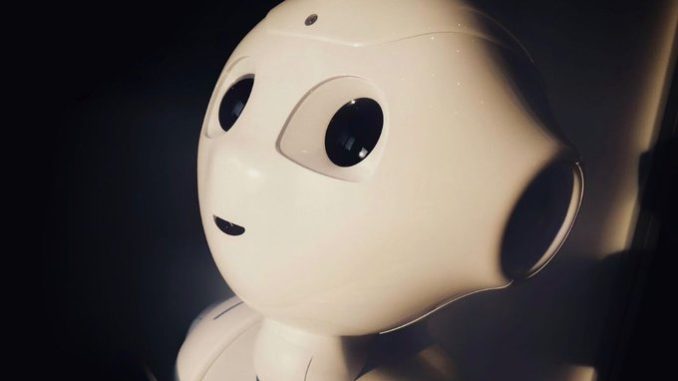
There are growing fears around the impact automation could have on jobs, but there’s been much less focus on how it could impact unpaid labor. New research suggests close to half of the time-consuming domestic work people do for free could be automated within a decade.
The prospect of “technological unemployment” has been a central part of the public discourse around AI and robotics ever since an influential 2013 study from the University of Oxford reported that around 47 percent of US employment was at risk of automation.
While there’s been considerable debate about the scale of the problem, it is now widely accepted that emerging technologies could dramatically reshape the world of work in ways unseen since the industrial revolution. More often than not, this is framed in a negative light, with the focus on the economic impact for displaced workers.
But the authors of a new study in PLOS ONE point out that much of the work humans do isn’t related to their employment and is instead dedicated to household chores or caring for relatives, with women carrying the bulk of this burden. And it turns out many of these tasks are just as amenable to automation as our day jobs, with the study predicting that 39 percent of the time currently spent on this kind of work could be automated within a decade
“If it is true that robots are taking our jobs, then it appears that they are also capable of taking out the trash for us,” the authors write. “Considering that people currently spend almost similar amounts of time on unpaid work as they do on paid work, the social and economic implications of this future of unpaid work could be significant.”
The authors reached their conclusions by asking a panel of 65 AI experts from the UK and Japan to predict about how much of the time spent on 17 domestic tasks—such as cooking, doing laundry, and car maintenance—would be automated in the next five to ten years, and how much it would cost users of those technologies.
These experts were pulled in roughly equal numbers from academia, corporate research and development, and business backgrounds and almost evenly split between men and women. To account for varying attitudes towards automation between different cultures, the team drew 29 of these experts from the UK and 36 from Japan.
